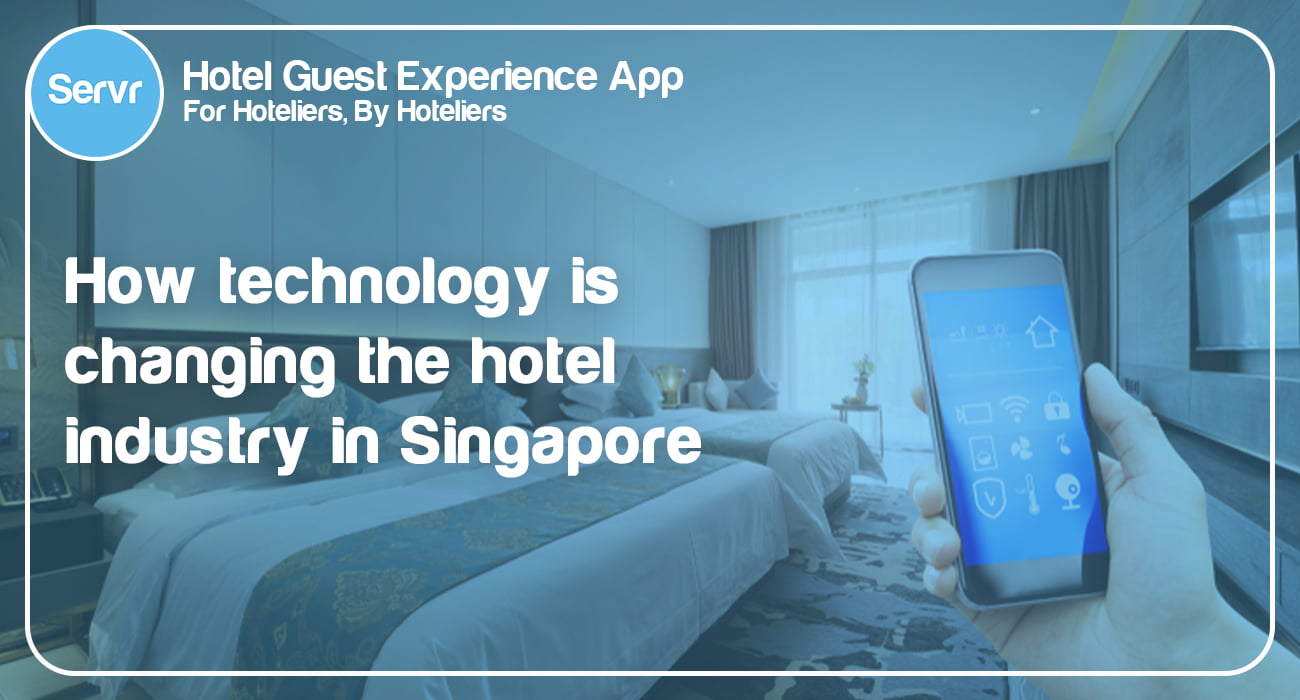
From the past decade, Singapore has seen a rise in travelers. In 2009, there were approximately 9.6 million international arrivals, which has almost doubled to approximately 19.1 million in 2019.
Nonetheless, hotels throughout Europe reported single-digit occupancy rates in April, according to Covid-19. In February, occupancy rates in Singapore fell by around 30 percent.
In spite of this, Singapore is viewed as a holiday destination and has been experiencing an increase in leisure travel after the pandemic. There are more than 55% of travelers visiting the country for leisure, followed by 11% for business trips.
Despite fluctuating occupancy rates over the past decade, the region has been recording increasing revenue per room year on year, which makes the region an attractive investment opportunity.
A common problem for hotel guests is long check-in lines.
According to a study by Cornell University’s Center for Hospitality, waiting for just five minutes at check-in drops guest satisfaction by 50 percent.
Wouldn’t it be great if we could make the process faster, easier, and more efficient?
What is contactless guest experience?
Contactless hospitality services limit human contact to a bare minimum or eliminate it altogether.
In times of pandemic, face-to-face communication increases the risk of contracting a virus, and here’s when contactless technology is especially useful. Interactions take place when customers communicate with company personnel and with other customers, or when employees interact with each other.
Each of these interactions can be handled digitally, allowing customers to experience a seamless, safe, and stress-free experience. Whether it’s making reservations, checking in and out of hotels, ordering catering and room service, learning about events and tourist attractions, or learning about events and destinations, there’s nothing contactless hospitality solutions can’t do more efficiently while preserving brand identity.
During the lockdowns and suspension of local and international travel in 2020, many hotels became secure refuges for social-distancing. The hotel stays provided employees with pandemic anxiety with a safe private environment for remote work during COVID-19. As a result of contactless technology, hotels were able to quickly transform into private co-working platforms and remain afloat during the pandemic crisis.
According to surveys, 70% of millennials prefer a contactless hotel experience. The percentage is even higher among gen Z customers. Technology is changing 21st-century hospitality, as we know it, and will become an integral part of modern hotel amenities.
This is where Servr comes in. It’s a fully automated simple, customizable solution to move hotels into the future generation by putting all guest services on one platform
Servr is an easy-to-use, safe-and-touchless solution that gives guests convenience, peace of mind and ease of check-in/check-out without requiring physical contact.
As a result of this new digital solution, guests can register and check-in prior to arrival, and check-out following simple step-by-step instructions using their mobile devices or the web; without having to download any applications.
Additionally, they can choose different hotel offerings, make payments online, save time, and more importantly, minimize face-to-face interactions to safeguard their own health.
Hoteliers are also working on providing guests with a safe and touchless experience at each possible touchpoint in the guest journey, in addition to contactless check-in and check-out solutions.
The resort provides guests with all the information they need on their phones, including guest service information in-room; menus; payment at the table; and concierge information.
It is possible in the near future to completely eliminate printed information, which would be a substantial contribution to sustainability.




